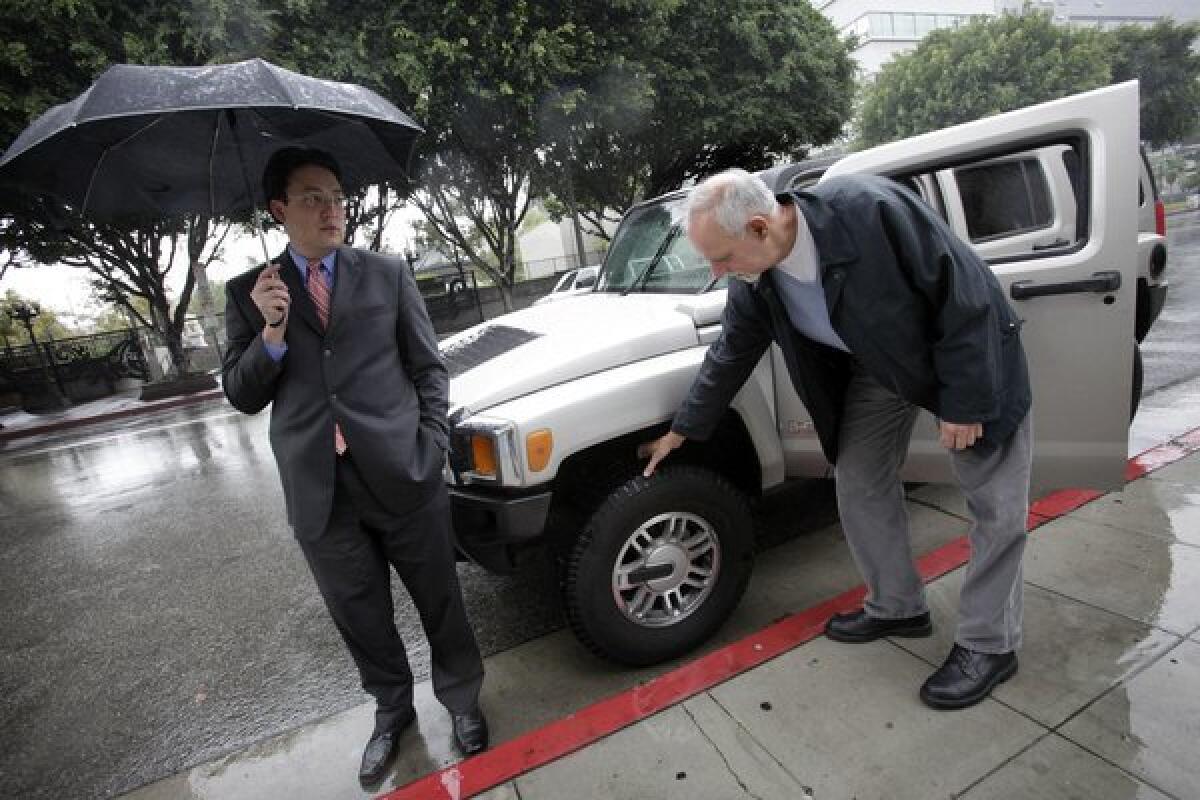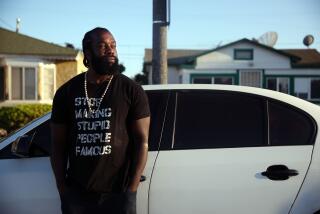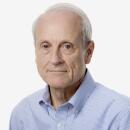Garcetti seeks new streets and traffic maven

- Share via
Mayor Eric Garcetti is seeking a new leader for his Department of Transportation in the wake of the departure of Jaime De La Vega.
Times staff writers Laura J. Nelson and David Zahniser reported Thursday that Garcetti’s office has confirmed De La Vega’s departure.
This gives Garcetti an opportunity to place a more vivid stamp on his approach to streets, traffic, cycling and mobility by selecting a new general manager who embraces De La Vega’s progressive approach to street use.
FULL COVERAGE: Sharing the road in L.A.
Some cycling activists had expressed impatience during the first few months of Garcetti’s mayoral tenure with his plans for alternative transportation and better access and safety for cyclists. But over the last several weeks, the mayor has rolled out several initiatives to improve the streetscape.
De La Vega was widely appreciated in the cycling world for the emphasis he placed on bike lanes and pedestrian amenities. Many of his achievements were in fact required under state laws over the course of the last five years that mandated a greater emphasis on non-automotive transportation. But in a car-oriented city like Los Angeles, De La Vega had a major role in moving the city to the forefront of the urban cycling movement.
It has sometimes been a tough shift for the planners and engineers in LADOT. For years, their marching orders had been to move traffic as quickly as possible, and to avoid congestion. They were good at it.
But the last several years have brought a major refocus to the role of streets in Angelenos’ quality of life as well as mobility. Congestion, formerly acknowledged as the transportation engineer’s chief adversary, responsible for pollution, stress and economic decline, is now embraced by many smart-growth and “complete streets” advocates as not only tolerable but inherently good -- by enticing people away from solo driving, making traffic safer and signaling nodes of economic vitality.
It was likely De La Vega’s management practices rather than any philosophical shift that led to his departure, though. Engineers recently expressed a lack of confidence in his leadership, as the Times’ Nelson reported.
ALSO:
Don’t frighten cops with your costume
Women warriors on journalism’s front lines
Want to fight salmonella? Don’t eat chickens
This post is part of an ongoing conversation to explore how the city’s cyclists, drivers and pedestrians share and compete for road space, and to consider policy choices that keep people safe and traffic flowing. For more: latimes.com/roadshare and #roadshareLA.
More to Read
A cure for the common opinion
Get thought-provoking perspectives with our weekly newsletter.
You may occasionally receive promotional content from the Los Angeles Times.











